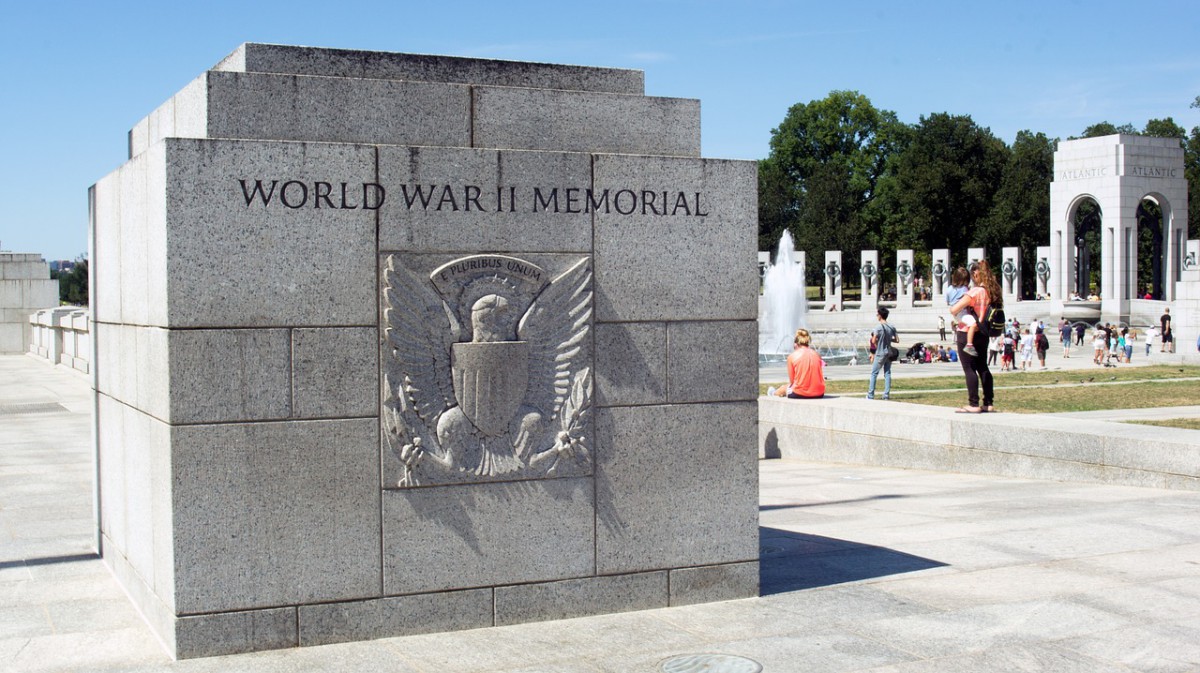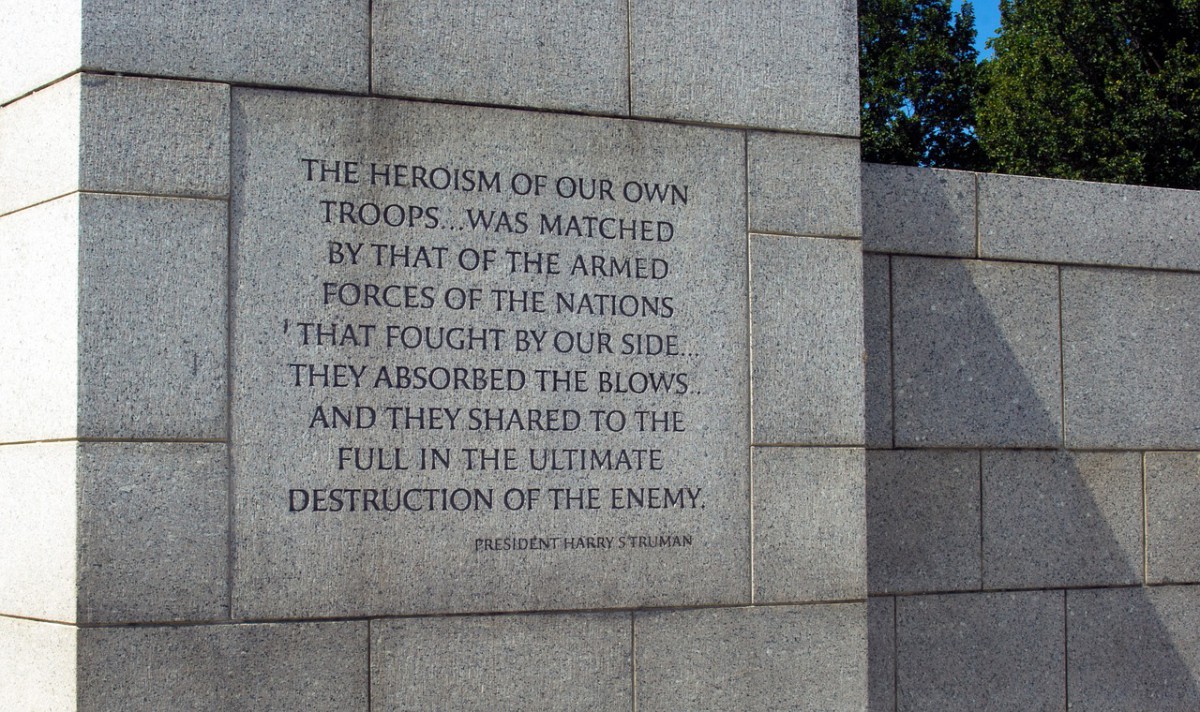In the prior post, I claimed I would provide a written walkthrough of the various Pacific campaign exhibits housed in the National World War Two Museum in New Orleans. Well, in this post I will continue to do so:
Island Hopping: Footholds Across the Pacific
As is mostly disseminated through tales of D-Day, storming beaches during World War Two was a phenomenally dangerous form of engagement. Soldiers were forced to prance through minefields while explosions clawed the sky. Bullets tore through the air to penetrate human bodies and deal out demise. Anguished screams filled ears as torment strangled soldiers across both sides. This same tale, time and time again, characterizes seemingly endless stories of “tactical” island hopping. In “Island Hopping: Footholds Across the Pacific,” museum-goers encounter a realistic beachscape littered with obstacles, carnage, and hostility. Immerse yourself in the experience as soldiers ultimately attempt to bring B-29 bombers within range of the enemy homeland.
China-Burma-India: The Pacific War’s Second Front
Detailing a facet of the war that largely goes unmentioned, this vital exhibit sheds light on some of the darkest corners of World War Two. Step into the space to witness a restored P-40 Warhawk fighter jet suspended in front of an immense three-panel video screen. The screens alternate between displaying an animated map of wartime supply routes to China and an environmental video of the Himalayas. Immediately impressing upon the museum-goer the nature of the enormous obstacles that Allied soldiers were forced to deal with, this room imparts upon visitors a much greater appreciation for the plight these soldiers were not only forced to endure, but forced to overcome.
Philippines: Returning to the Philippines
As the name may imply, this exhibit space primarily concerns itself with happenings in the Philippines. At the time, these prized islands were American territory under enemy control. They were stolen resources, a stain on the American reputation, a wrong which must be righted. The United States had promised to embrace its little brown brother with arms of protection, and yet the Japanese managed to pry those arms apart, dealing the Americans a blow in not only pride but in strategy as well. Regarding tactical value, the Philippines were a stronghold of geographical necessity. They were perfectly placed to dictate shipping lanes, the flow of oil and other innumerable supplies to Japan. This exhibit details the complexities and nuances involved in rescuing the Philippines back from their Japanese captor, and does so with a remarkable affinity for storytelling and attention to detail.
Death at Japan’s Doorstep: First Assault Onto Japanese Soil
The Pacific Theater hosted many performances of pervasive bloodshed, but few matched the extent of the Okinawa and Iwo Jima invasions. As Allied forces progressed closer and closer to the Japanese homeland, the Axis powers grew bolder and more aggressive. With the Japanese government pledging resistance to the last man, no matter if “one hundred million will die together,” an implacable fervor enveloped both sides. The extent of such passion often is difficult to communicate through mere words, however. Thus, “Death at Japan’s Doorstep: First Assault Onto Japanese Soil” is here to remedy the potential discrepancy by illustrating a tremendously accurate representation and depiction of the underground defensive network of caves and tunnels that the Japanese used in their attempts to dissuade and repel Allied forces.
Downfall: Endgame Against Japan
There are few times we can identify a course-altering moment in history. Usually, these decisions are the culmination of conversations held behind doors, out of sight yet not exactly out of mind. Before Truman gave the final decision that bellowed a conclusive end to the second war to end all wars, there was a path of immense destruction winding its way into the Japanese homeland. Firestorms enveloped Oriental cities and innocents, melting away culture and obliterating integral artifacts of Japanese tradition. The Allied intent to pursue victory was a decision not to be changed, an ironclad commitment not to be swayed, a passionate devotion not to be eradicated no matter the cost. The future of the world was at stake, and present momentary decisions paled in regards to eternity. In an effort to preserve American life, Truman made a decision that would devastate one culture to preserve another. He made the decision to drop not one, but two atomic bombs. Frankly, it is impossible to fully capture the weight of his decision no matter the medium. Yet, “Downfall” comes close in illustrating the extent of his decision. Truman was forced to weigh the significance of life itself, the prioritization of one people against another, the future of one culture at the expense of another.

